Introduction
Causes of Thalassemia
In the case of thalassemia, it is 100% genetic meaning that parents pass it to the children through genes. Gene encoding process is responsible in building proteins like hemoglobin. Understanding hemoglobin is key to thalassemia. This complex molecule, built from alpha and beta globin chains, becomes compromised in thalassemia due to mutations in the genes that code for these chains. Let’s delve deeper into the specific causes of thalassemia below;
Mutations in Globin Genes:
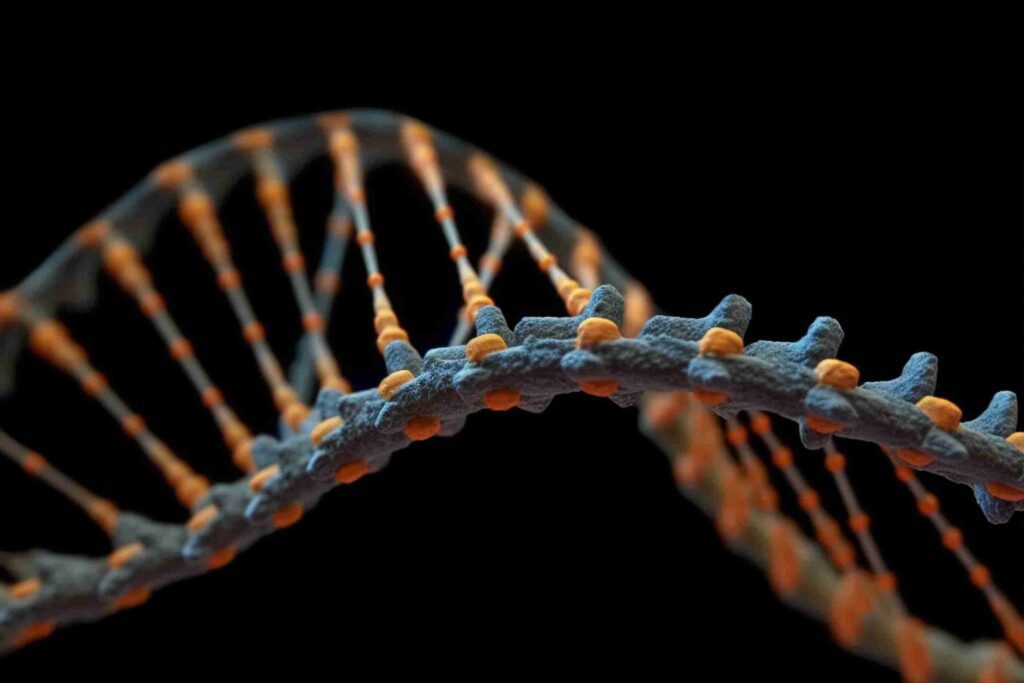
Thalassemia is a result of the genes containing the faulty sequences, when they are in charge of the alpha or beta globin chains. These mutations which are inherited from both the parents or from just one of them.
Alpha Thalassemia:
It is caused by mutation in the alpha globin genes, which are genes associated with erythrocytes. The seriousness of alpha thalassemia depends on the number of abnormal/faulty genes an individual carries. In this case inherited mutation of only one gene may not result in any symptoms but acquiring presence of more mutated genes can lead to diversities of complications.
Beta Thalassemia:
Sickle cell disease arises from a mutation in one of the beta globin genes. Similar to alpha thalassemia, the severity of sickle cell disease depends largely on the number of mutated genes inherited. Carriers, however, remain symptomless (only one mutated gene), while the presence of two mutated genes may result in more severe pathology.
Carrier Parents:
It is possible that the mutated gene from each parent gets passed down to their child, when both the carriers have children, resulting in them passing down thalassemia. The exact risk depends on if the type of thalassemia the parents carry is sickle-cell anemia or a case of beta-thalassemia.
Silent Carriers:
While some persons may have only one defective copy of the gene, this will not make them manifest the illness symptoms. This means that they are the ones with the mutated DNA for the genetic disorder, but they may never show signs and symptoms of it.
Properly speaking, thalassemia is not infectious. You won’t “get” it from another person On the contrary, genetic testing can be very useful to those who have thalassemia history in their family or are somehow special about their personally perceived danger.
Pathophysiology of Thalassemia
Hemoglobin
Hemoglobin, that picks up and drops off oxygen in red blood cells, is like two molecules wrapped up together as one single unit. Normally, our genes provide the instructions for building two main types of these chains: alpha and beta globin are the two key components of hemoglobin. In thalassemia, mutations frequently affect the genes that code for globin proteins in red blood cells. These mutations can cause either a defect in the production of one type of globin chain or its complete absence. As a result, the hemoglobin assembly line is all messed up.
The Imbalance and its Consequences
The inaccurate orders for thalassemia lead to asymmetry in the elaboration of globin chains. Thalassemia, if originates in some individuals, can be of alpha form or beta form. The missing chains can’t find each other in this case. Here’s how this imbalance creates problems.
Excess Unmatched Chains
Immune system reacts to these excess chains the same way as it would to any invaders, for example, by producing antibodies, and as a result of that developing red blood cells in the bone marrow start to be broken and unable to be produced which leads to more anemia.
Ineffective Erythropoiesis
The bone marrow attempts to compensate by increasing the red cell production, which is also the case with many being faulty and dying prematurely. This is a referred to as the misregulation of erythropoiesis.
Weak and Fragile Red Blood Cells
Additionally, those red blood cells that survive maturability may be smaller and weaker than normal. These cellular components that are very susceptible to be broken by the blood stream one phenomenon called hemolysis is caused.
characteristics of thalassemia
- The genetic glitch and the imbalance
- ineffective red blood cell production
- The cell’s spontaneous death
The Iron Overload
Just like old and inefficient red blood cells die before their time, they release their excessive iron into the bloodstream where it accumulates. In this case, the iron meanwhile that is needed for new red blood cells would be recycled. While excess quantities of iron are a problem in thalassemia, being above the normal levels leads to an iron overload. Untreated excessive iron storage can worsen organ tissue deterioration, harming the liver, heart, and endocrine system.
Signs and Symptoms of Thalassemia
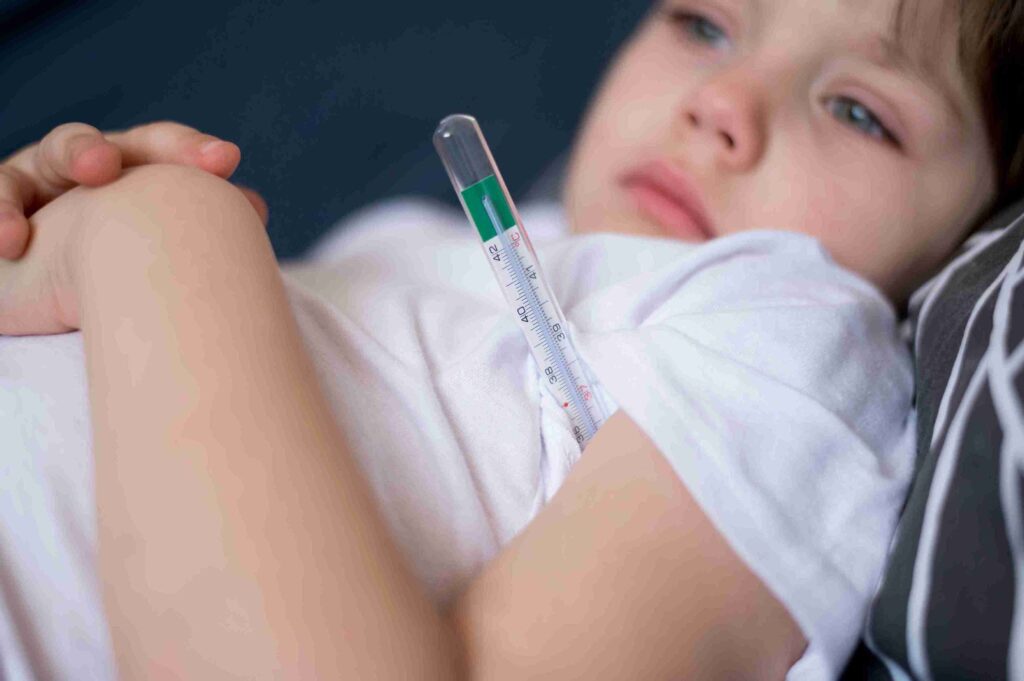
General Symptoms of Anemia
In some cases, the signs of thalassemia are almost the same as those of a common anemia. The symptoms proceed because the nourishment and discharge of the waste products of the cellular tissues are not carried out well enough. One should take a healthy diet which is vitamins and minerals rich to combat anemia and weakness. However, Here are some key signs;
Fatigue and Weakness: One of the most evident phenomenon caused by anemia is the lack of energy and tiredness all the time. Daily life, especially perform various physical tasks may become a struggle for thalassemia patients due to fatigue.
Pale Skin: With the shortage of hemoglobin, the protein found in red blood cells which is the same one that carries oxygen, anemia results. It may lead breathing difficulties or skin discoloration. Breathing process can become labored during a complicated delivery, and skin complexion may turn pale or yellowish.
Shortness of Breath: Head on this way of the body trying to catch a breath, people can face breathlessness even while just walking.
Dizziness and Lightheadedness: The brain receives less oxygen when the oxygen is lowered, making the individual dizzy or light-headed. In particular this happens when they stand up quickly.
Early Signs in Children:
In severe thalassemia in children, the symptomatology tends to manifest by the end of the first two years of life. These early signs can include;
Slow Growth and Development: Thalassemia affected children might not go through the same milestones and even achieve similar height as their healthy peers.
Poor Appetite: The ones being fatigued and having a general sense of unease result in the loss of appetite for the children that are young.
Swollen Abdomen: In case of the increased level of red blood cell destruction, the spleen and liver, which are part of blood filtering system and remove any waste materials, can become enlarged.
Individuals with moderate to severe forms of thalassemia may experience additional symptoms, including;
Bone Problems: Chronic production of red blood cells from the body followed by the consequent iron over load can weaken the bones and even cause the abnormal bone formation mainly on the face.
Dark Urine: This is caused by hemoglobin in the red blood cells, a component that is responsible for a dark appearance of the urine.
Jaundice: A fault in conjugation of bilirubin which results in the pigment being too much for the body may cause yellowing of the skin and eyes.
Diagnosis of Thalassemia
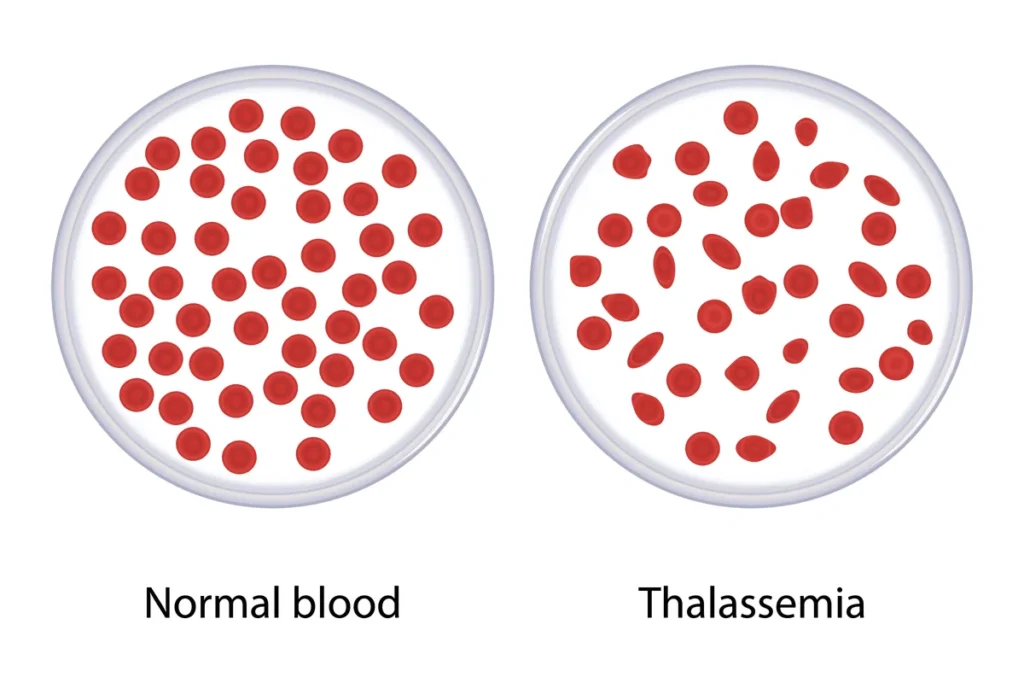
The Blood Test Trio
Thalassemia is usually recognized by the examination of the blood test of patients where a group of doctors mostly employ various tests together to diagnose it. These test forms are very effective in giving you hemoglobin levels and details of the red blood cells.
Complete Blood Count (CBC)
It is extremely simple approach in which the numbers of red blood cells and their volume and shape are assessed. In thalassemia, the CBC may decrease the red cell (anemia) count and also may produce small than usual small red cells (microcytosis).
Hemoglobin Electrophoresis
It measures the variants of hemoglobin present in the blood depending on the specific type which can be either alpha or beta.
Iron Studies
They assess the quantity of erythropoietin in serum and also in bone marrow. Iron deficiency is a common cause of anemia. Thalassemia, on the other hand, can present with either insufficient or excess iron levels. This type of anemia results from the abnormal destruction of red blood cells, leading to iron buildup.
Genetic Testing
Although blood test can detect the condition in its earliest phases, genetic test can mark thalassemia with certainty. This test uncovers gene mutations accountable for developing the syndrome. Genetic testing can be particularly helpful;
Prenatal Diagnosis
For couples with thalassemia in their families, genetic testing during pregnancy discloses if a pregnancy can be transmitted.
Carrier Identification
Genetic testing would spot the ones who have only one gene mutation for thalassemia (carrier). Genetic information thus produced can be a game changer for one who is planning for pregnancy.
In some cases, additional tests might be used to supplement the diagnosis or assess potential complications;
Bone Marrow Aspiration and Biopsy
Releasing few drops of bone marrow from a patient is a part of this procedure to examine closely red blood cell production and defects detailed to thalassemia.
Imaging Tests

X-rays or ultrasounds can be used to detect bone changes or enlargement of the spleen and liver, which can occur in thalassemia.
It is vital to note, however, that the diagnostic process itself may resemble some other process in a sense of age, symptoms and family history. In spite of the fact that a blood test, genetic tests, and addition of other testing tools may leave doctors more capable of detecting thalassemia and selecting the right treatment plan for patients.
Complications of Thalassemia
Anemia’s Domino Effect
Anemia, the core feature of thalassemia, triggers a cascade of problems within the body;
Fatigue and Weakness: Low red blood cell count brings up oxygen shortage, and thus, to every cell, constant tiredness sounds meaning there is no energy at all.
Slowed Growth and Development: In children with thalassemia, maldevelopment of tissues and organs might be a result of limited tissue oxygen delivery which is necessary for suitable growth. A patient with Thalassemia must use vitamins for normal growth and functioning.
Increased Susceptibility to Infections: The back up of the immune system by anemia exponentially increases the chances of falling ill.
Iron Overload
The damage caused by destruction of a large number of red blood cells in thalassemia leads to iron overload in the blood plasma. Though iron is important in the diet, a crammed diet with iron can, however, become toxic, which can result in significant damage to essential organs.
Heart Problems: High levels of iron can do a lot of damage to heart muscle cells, which might result in the development of abnormal heart rhythms, heart disease (cardiomyopathy), and pericarditis.
Liver Disease: The liver carries out vital functions including iron processing. Overloading of the iron molecules may cause them to directly or indirectly damage the liver, which could result in cirrhosis (scarring) and even liver failure.
Endocrine Problems: Hormonal production may be disrupted by iron overload. This then results in abnormal puberty in the male as well as diabetes and hypothyroidism (an underactive thyroid).
Skeletal Issues: Iron overload and bone marrow problems associated with thalassemia can affect bone health.
Bone Deformities: The responses of bone marrow overwhelms may signify the body destruction and thinning of the bones in which the process called red blood cell production.
Osteoporosis: Due to iron overload and the chronic anemia due to the anemia, bones become fragile and prone to fractures.
Prevention pf Thalassemia
Genetic Counseling
For those whose family has a history of thalassemia as well as those who could be at risk, genetic consulting can be more helpful in identifying the option or ability .A genetic counselor can;
Explain the Inheritance Pattern: Genetic counselors can provide detailed information on thalassemia inheritance. This allows couples to undergo risk assessment for having a child with the condition.
Carrier Testing: Through genetic testing, it is evidenced if you hold a single pattern of mutated genes for thalassemia. Generally, carriers do not have an outbreak of the disease, although they can transmit the genetic flaw to their children.
Prenatal Diagnosis: For Preventing, Couples Pre-natal diagnosis options like chorionic villus sampling (CVS) or amniocentesis can be discuss. Such blood tests can discover if the baby has inherited thalassemia to allow pregnancy termination or further treatment.
Public Awareness and Education
Raising the awareness on what thalassemia is most needed in regions which carve it a high frequency. Here’s how education can make a difference;
Importance of Premarital Screening: Stressing the importance to a couple about the pre-marriage carrier screening is necessary. It will help in family planning.
Early Detection Programs: Introducing such programs would eliminate the unnecessary practice of delaying newborn screening for thalassemia. Thus, the right diagnosis of the kids is necessary.
While there’s no current cure for thalassemia, research continues to explore potential solutions.
In brief, we can’t stop thalassemia, so genetic counseling along with carrier screening programs and public campaigns can drastically reduce the risk of this disease and prompt its early discovery. Continuous research gives good foundation for future treatment modalities such as gene therapy and stem cells transplantation for the treatment of hereditary illnesses like thalassemia.
Treatment of Thalassemia
Fortunately, there are a number of treatment interventions that people with thalassemia can use to alleviate the problem-ridden situation of their lives. With dealing of it, different methods may applied to tackle it.
There are two major issues in thalassemia: red blood cells that do not function well due to shortage of oxygen in the body called anemia, and excess amount of iron because of destruction of a lot of red blood cells. Treatments target these issues:
Blood Transfusions
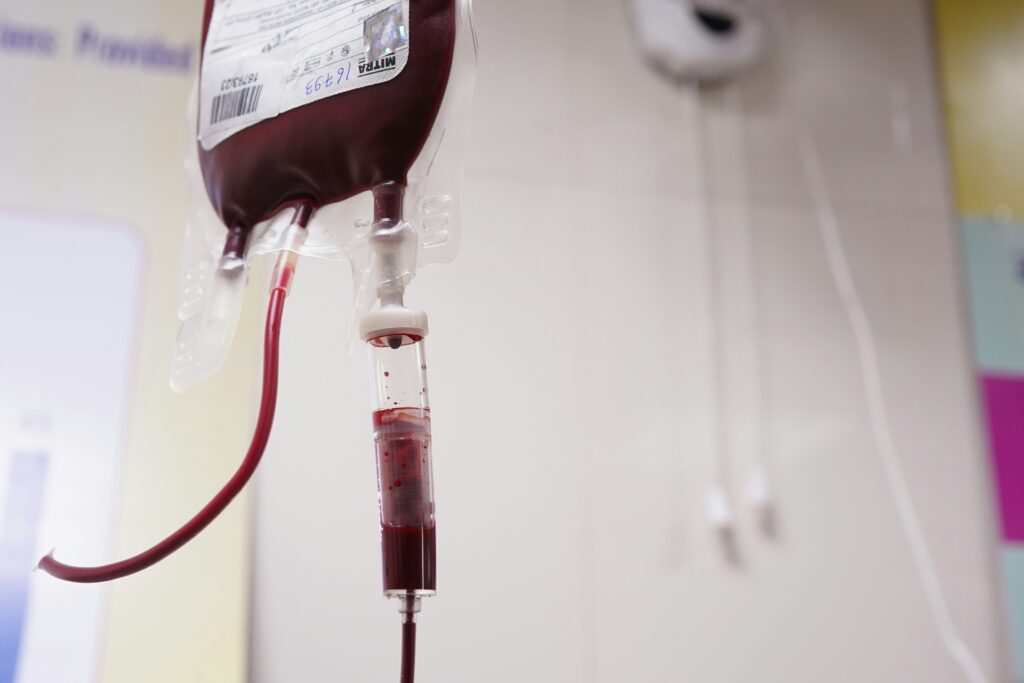
For people with severe thalassemia blood transfusion are the only way of keeping their health improving. By replenishing lost red blood cells, the transfusion helps balance oxygen delivery throughout the body, ultimately relieving the anemia.
Iron Chelation Therapy
Thus the consequence of the excess iron damages organs the chelation therapy is vital step of the treatment process. Chelation agents have the ability to connect to excess iron in the bloodstream and make it turn out of the human body through the urine or feces. This influences control of iron overload and its harms.
These two therapy tools are the pillar of the treatment strategy for thalassemia and analyzing the impact of their co-administration in a single regimen is an important research parameter.
Some other treatment options are;
Folic Acid Supplements: Folic acid, which is necessary for the manufacture of red blood cells, is a vitamin in the B group. By their nature, supplements can assist in the restoration of folic acid and maintenance of red blood cells.
Splenectomy: Sometimes, in thalassemia, the spleen, which filters the blood cells may grow bigger. To reduce blood cell destruction and improve blood counts, splenectomy can be performed to remove the spleen.
Hydroxyurea: This drug stimulates fetal hemoglobin, the type responsible for oxygen transport during development. In some cases of thalassemia, the stimulated fetal hemoglobin can partially take over the functions of adult hemoglobin.
Researchers are actively exploring new treatment options for thalassemia:
Gene Therapy
This approach aims exactly to rectify the genes that constitute faulty thalassemia genes. Gene therapy trials are currently ongoing.
Stem Cell Transplantation
The technique of bone marrow transplant allows to make two marrow roots one of which is healthy one and produce normal hemoglobin. A particular thalassemia treatment involves a multi-step operation that carries some risks but can be curative for a specific patient group.
One must always be reminded that there is no standard treatment plan that is applicable for all cases since each patient has a different ailment severity. Frequent surveillance and maintaining close contacts with the medical team is a basic necessity to be able to live a normal and healthy life living with this disease.
Frequently Asked Questions
What are the symptoms of thalassemia?
Symptoms of what thalassemia is might change subject to the case severity. Some frequent symptoms are tiredness, accessories, particles appearance, quickness of breath, and slow of reaction in children. Yet, a few non sufferers in the strange world, especially gene carriers, do not produce any symptom.
What is the Diagnosis of Thalassemia?
As a rule, doctors use a few blood tests listed below to detect thalassemia. These examinations check on the blood cell indicators, as well as the hemoglobin condition (iron dynamics). Genetic testing comprehensively pinpoint the diagnosis and uncover exact gene alteration, which led to the disease.
Are there different types of thalassemia?
The diagnosis of thalassemia is based on two factors: the affected globin chain (alpha or beta) and the severity of the condition. Some manifestations can be easy phenomenon with no symptoms, while other’s are mysterious instead. They need continuous blood transfusions to keep alive.
Is there a cure for thalassemia?
At present, however, there is no treatment for thalassemia. That said, specific therapies with the capabilities to accelerate red blood cells in the system and reduce the built-up iron in the body are very effective. Thus, people with the conditions can live longer and fuller lives. Encouraging breakthroughs in gene therapy make a way to cure the genetically inherited illness.
can I prevent from Thalassemia?
Since thalassemia is genetic, there is currently no cure for the disease itself. However, prenatal genetic counseling and carrier screening can identify couples who carry the gene. This identifies the cause-and-effect relationship and clarifies the benefit of screening. We must identify newborn screening in infants as a critical part of the process. This will result in timely treatment and lead to better outcomes.
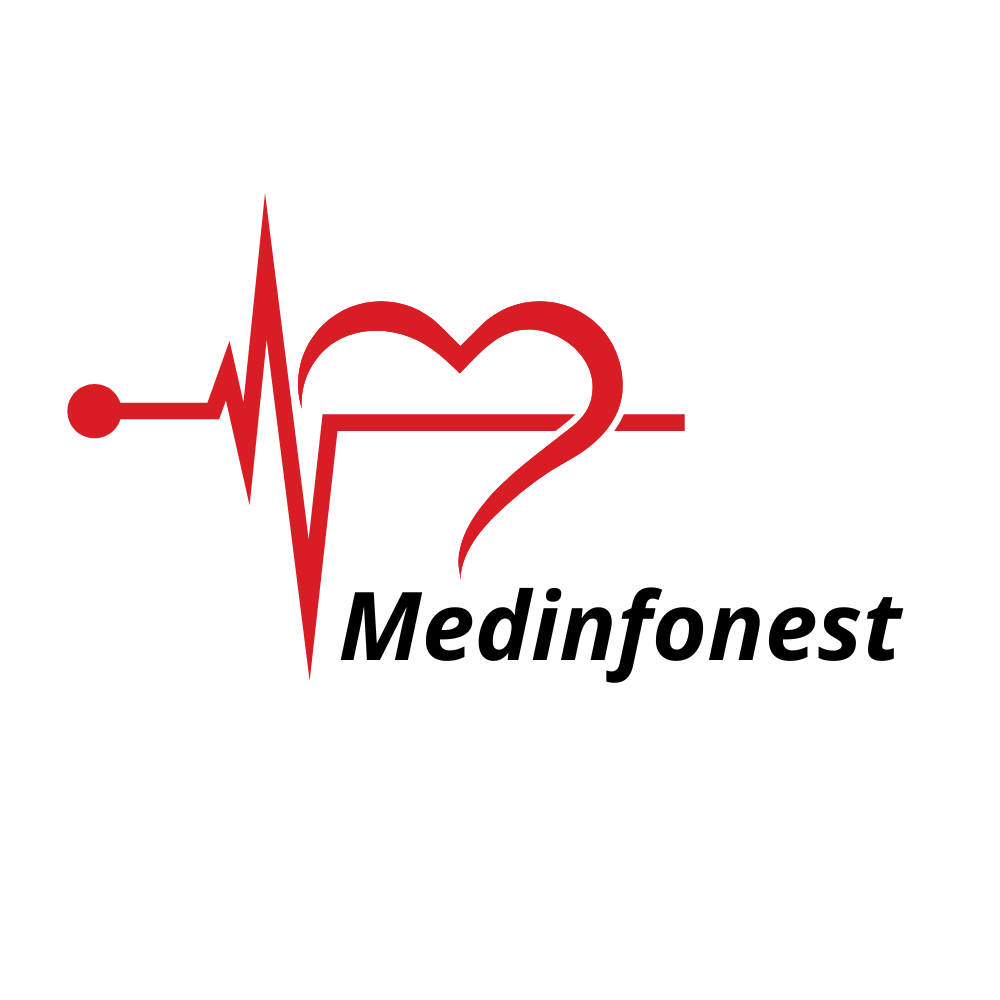
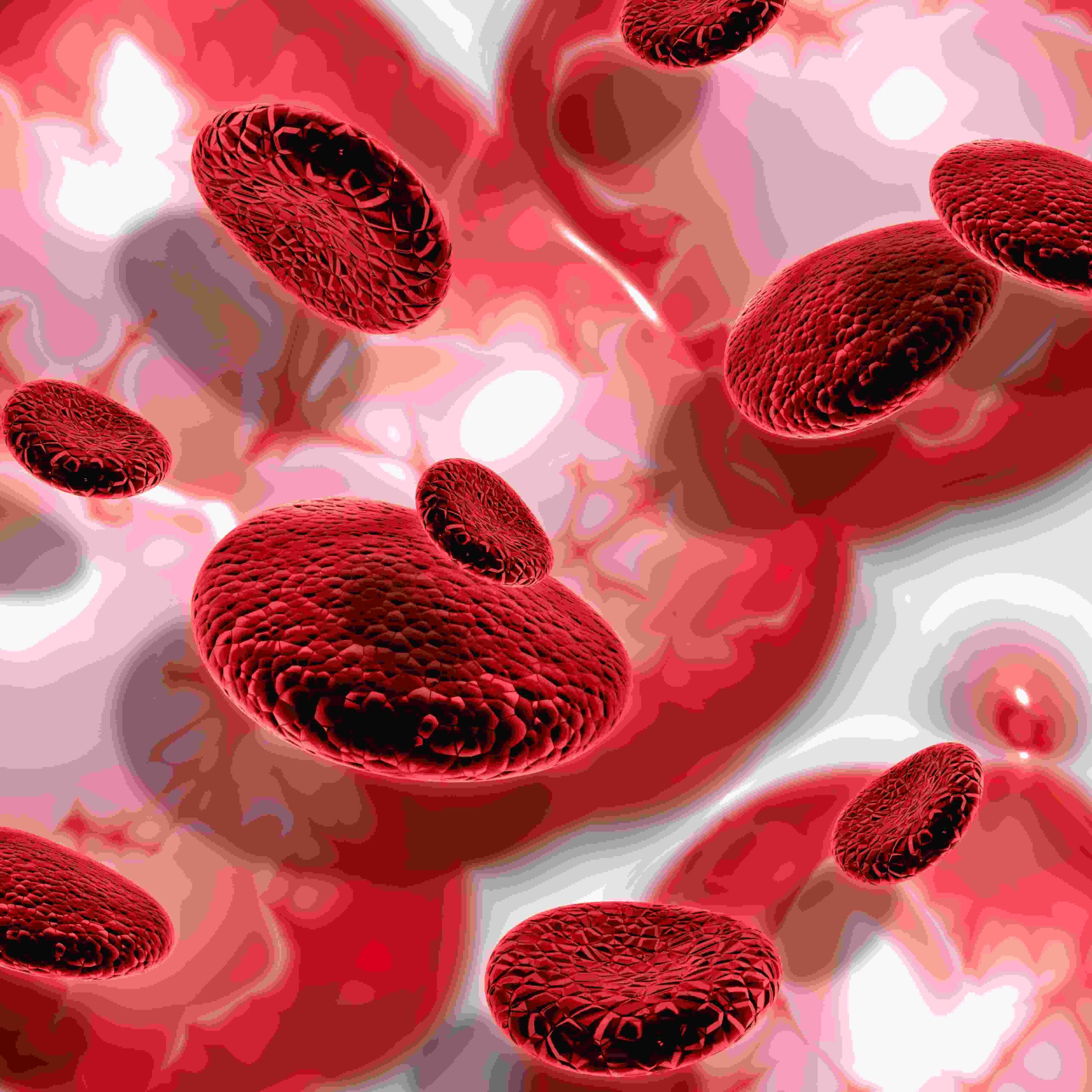










4 Comments